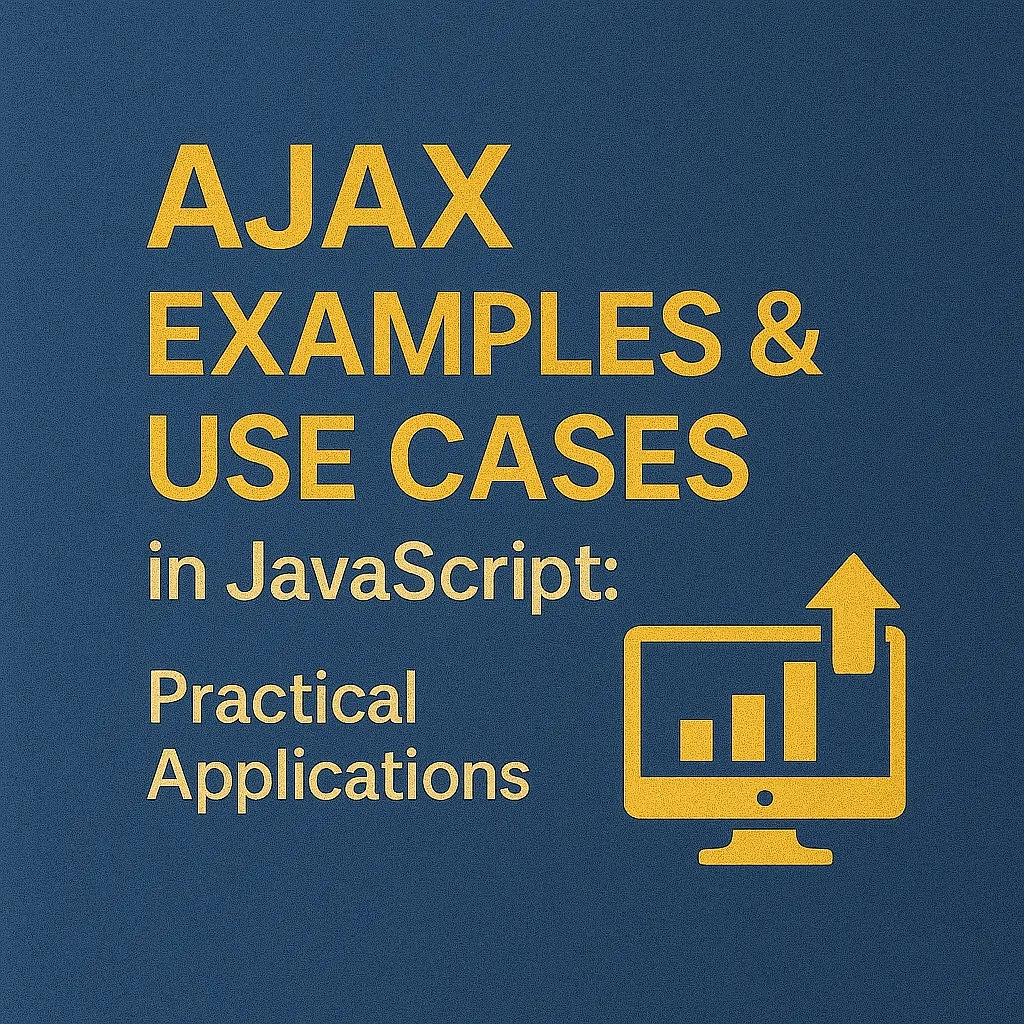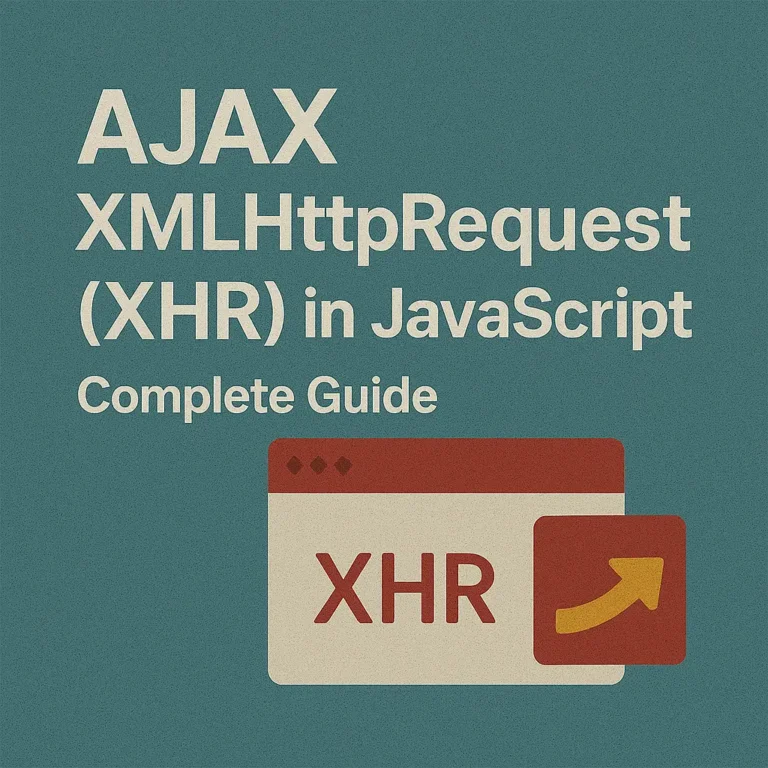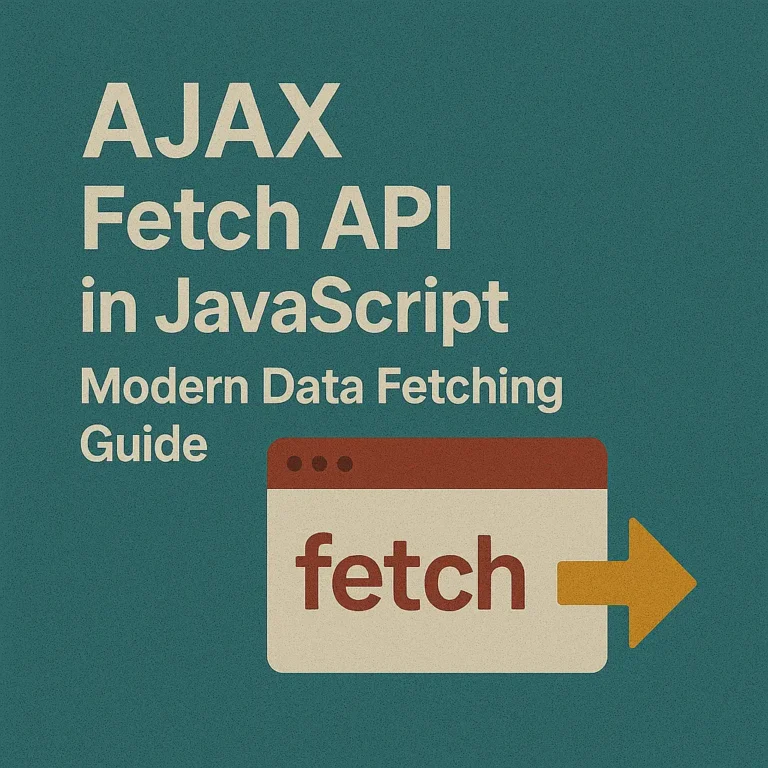Introduction
In the dynamic world of web development, AJAX (Asynchronous JavaScript and XML) has become an indispensable tool for creating interactive and responsive web applications. AJAX enables web pages to update content asynchronously by exchanging data with a web server in the background, without interfering with the display and behavior of the existing page. To harness the power of AJAX effectively, developers often rely on AJAX libraries and frameworks. In this article, we’ll explore the landscape of popular AJAX libraries, discuss their features, and provide insights on integrating them into projects.
Overview of Popular AJAX Libraries
jQuery.ajax:
jQuery, one of the most widely-used JavaScript libraries, offers a comprehensive AJAX module known as jQuery.ajax(). It simplifies AJAX requests and handles various tasks like sending data to the server, processing responses, and handling errors with minimal code. Here’s a basic example of using jQuery.ajax():
$.ajax({
url: 'https://api.example.com/data',
method: 'GET',
success: function(response) {
// Handle successful response
console.log(response);
},
error: function(xhr, status, error) {
// Handle error
console.error(status, error);
}
});
Axios:
Axios is a promise-based HTTP client for JavaScript that works both in the browser and Node.js environments. It provides a simple and intuitive API for making AJAX requests. Axios supports features like request and response interceptors, automatic transformation of JSON data, and protection against cross-site request forgery (CSRF). Here’s how you can use Axios:
axios.get('https://api.example.com/data')
.then(function(response) {
// Handle successful response
console.log(response.data);
})
.catch(function(error) {
// Handle error
console.error(error);
});
Integrating AJAX Libraries into Projects
When integrating AJAX libraries into projects, consider the following factors:
Compatibility:
Ensure that the chosen AJAX library is compatible with the project’s existing technology stack, including the JavaScript framework (if any) and other dependencies. Compatibility issues can lead to conflicts and hinder the development process.
Performance:
Evaluate the performance of AJAX libraries by considering factors such as network efficiency, resource utilization, and handling of concurrent requests. Choose a library that offers optimal performance without compromising on reliability.
Ease of Use:
Prioritize AJAX libraries that offer a simple and intuitive API, reducing the learning curve for developers. Libraries with clear documentation and community support can streamline the integration process and facilitate troubleshooting.
Choosing the Right AJAX Library for the Project
To choose the right AJAX library for your project, consider the following guidelines:
Project Requirements:
Assess the specific requirements of your project, such as the types of AJAX requests (GET, POST, PUT, DELETE), data formats (JSON, XML), and authentication mechanisms. Choose a library that aligns with these requirements and offers the necessary features and flexibility.
Community Support:
Evaluate the community support and developer ecosystem surrounding the AJAX library. Active communities often provide timely updates, bug fixes, and support resources, enhancing the longevity and stability of the library.
Security:
Prioritize AJAX libraries that prioritize security features such as protection against cross-site scripting (XSS), cross-site request forgery (CSRF), and secure transmission of sensitive data. Security vulnerabilities can expose your application to various risks and undermine user trust.
Conclusion
AJAX libraries play a crucial role in modern web development, enabling developers to create dynamic and interactive web applications. By choosing the right AJAX library and integrating it effectively into projects, developers can streamline the development process, enhance performance, and deliver engaging user experiences. Whether you opt for the simplicity of jQuery.ajax or the versatility of Axios, understanding the features and considerations of AJAX libraries empowers you to make informed decisions and build robust web applications.
In the rapidly evolving landscape of web development, staying abreast of emerging technologies and best practices is essential for success. By leveraging AJAX libraries judiciously and continuously refining your skills, you can navigate the complexities of modern web development with confidence and proficiency.






